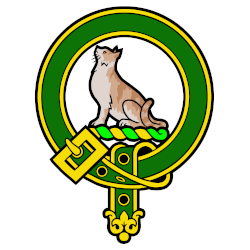In The Killing Dance, Anita faces a new and unusual threat: a human assassin seeking to collect a cool half-million in return for her untimely demise. But assassins are only the beginning; the problems that Richard has created within his pack by trying to encourage a non-violent exchange of power are growing, and Jean-Claude’s “more photogenic, less monstrous” vampire regime is less than stable at the present.
In that context, the obligatory murder mystery is almost anticlimatic.
This is the first Anita Blake novel where monster politics are the driving force behind the entire plot, rather than an obstacle placed in the way of solving a supernatural murder. Even the assassination plot that drives events is given less time than the political consequences of those events and of Anita’s growing involvement in non-human society. There is as well an emphasis on the erotic nature of Anita’s relationships and the powers of the vampires and werewolves.
The various plot threads are entertaining, but the novel does not weave them together intricately; the characters are driven by events only incidental to the plot, with the various crisis points being resolved almost by accident. It’s a style of writing that works well for books focused on relationships, but works less well for mysteries; without engaging in spoilers, this novel is the last one in the series that doesn’t qualify as soft-porn in sections and soap-opera in others. It’s a good read for everyone, but if you are the sort of person who prefers to avoid explicit sexuality for a significant component of your novels, this is the place to stop.
The novels from this point in the series forward are more erotic in tone, and the driving force for most events is the romantic triangle of Jean-Claude, Richard, and Anita rather than the supernatural-murder-mysteries that have been the primary focus of each book up until now. (Those mysteries are still present and sometimes play a primary role in the plot, but less time is spent on those than on resolving the relationship questions).
The following books are by no means bad, or poorly written, and they certainly have redeeming value. However, the increase in sexual content is a distinct flaw in comparison to the earlier books.
